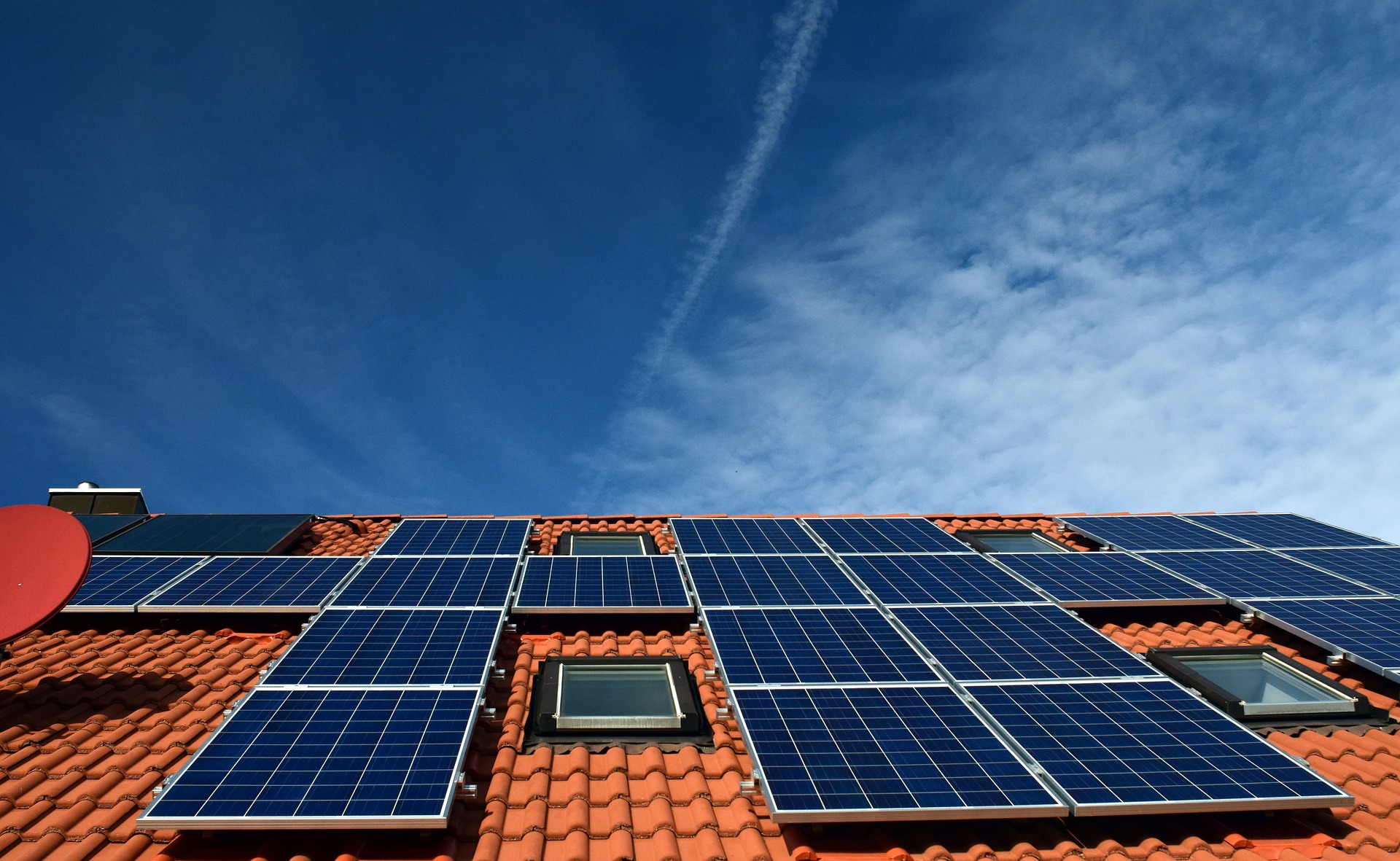Solarpunk: A Grassroots Vision for an Eco-Optimistic Future
In a world grappling with climate anxiety and dystopian forecasts, a vibrant cultural movement is painting a different picture of tomorrow. Solarpunk, blending green technology with social progress, offers a refreshing counterpoint to doom-laden narratives. This artistic and philosophical current imagines a future where humanity has solved major environmental challenges, creating sustainable, equitable societies powered by renewable energy.

The movement gained traction through online communities, particularly on platforms like Tumblr and Reddit. Early Solarpunk works often featured lush cityscapes with vertical gardens, solar panels, and communal spaces. These visual aesthetics quickly evolved into a broader philosophy encompassing social justice, environmental stewardship, and technological innovation.
From Fiction to Reality
While Solarpunk began as a literary and artistic movement, its influence has expanded far beyond the realm of fiction. Architects and urban planners are increasingly incorporating Solarpunk principles into their designs, creating green buildings and eco-friendly neighborhoods. Cities like Singapore, with its stunning Gardens by the Bay, and Copenhagen, aiming to be carbon-neutral by 2025, embody elements of the Solarpunk ethos.
Moreover, Solarpunk has inspired grassroots initiatives worldwide. Community gardens, repair cafes, and local renewable energy projects are springing up in urban and rural areas alike. These initiatives not only address environmental concerns but also foster social cohesion and resilience, key tenets of the Solarpunk vision.
The Social Fabric of Solarpunk
At its core, Solarpunk is as much about social transformation as it is about technological advancement. The movement emphasizes community, cooperation, and inclusivity. It envisions a post-scarcity world where resources are shared equitably and work is oriented towards collective well-being rather than individual profit.
This social aspect of Solarpunk has resonated strongly with younger generations disillusioned with current socio-economic systems. It offers a positive alternative to both rampant consumerism and eco-fascism, proposing that technological progress can be harnessed for the benefit of all, not just a privileged few.
Solarpunk and Climate Activism
The rise of Solarpunk coincides with growing global concern about climate change. While traditional environmental movements have often focused on dire warnings and calls for sacrifice, Solarpunk offers a more aspirational approach. By presenting a desirable future, it motivates action through hope rather than fear.
This positive framing has proven effective in engaging people who might otherwise feel overwhelmed by the scale of the climate crisis. Solarpunk activists argue that by visualizing the world we want to create, we can more effectively work towards it. This approach has been particularly successful in mobilizing young people, who are increasingly at the forefront of climate activism.
Challenges and Criticisms
Despite its growing popularity, Solarpunk is not without its critics. Some argue that its optimistic outlook is naive in the face of entrenched political and economic interests that resist change. Others contend that the movement’s aesthetics, often featuring sleek, high-tech cities, may not be universally applicable or desirable.
There are also concerns about the potential for Solarpunk to be co-opted by corporations for greenwashing purposes. As the movement gains mainstream attention, there is a risk that its radical vision could be diluted into mere aesthetic choices without substantive change.
The Future of Solarpunk
As we navigate an increasingly uncertain future, Solarpunk offers a beacon of hope and a roadmap for positive change. Its influence is likely to grow as more people seek alternatives to both business-as-usual and apocalyptic thinking. The movement’s emphasis on local action and global vision provides a framework for addressing complex, interconnected challenges.
Ultimately, Solarpunk’s greatest contribution may be its power to inspire. By showing us vivid images of a world we’d want to inhabit, it motivates us to take the necessary steps to create that world. In doing so, it transforms the daunting task of addressing climate change and social inequity into an exciting journey of creation and discovery.
As we face the challenges of the 21st century, the Solarpunk movement reminds us that our future is not predetermined. With creativity, cooperation, and commitment, we have the power to shape a world that is not just sustainable, but thriving, equitable, and beautiful. The seeds of this future are already being planted in communities around the globe, offering hope that the Solarpunk vision may yet become reality.





